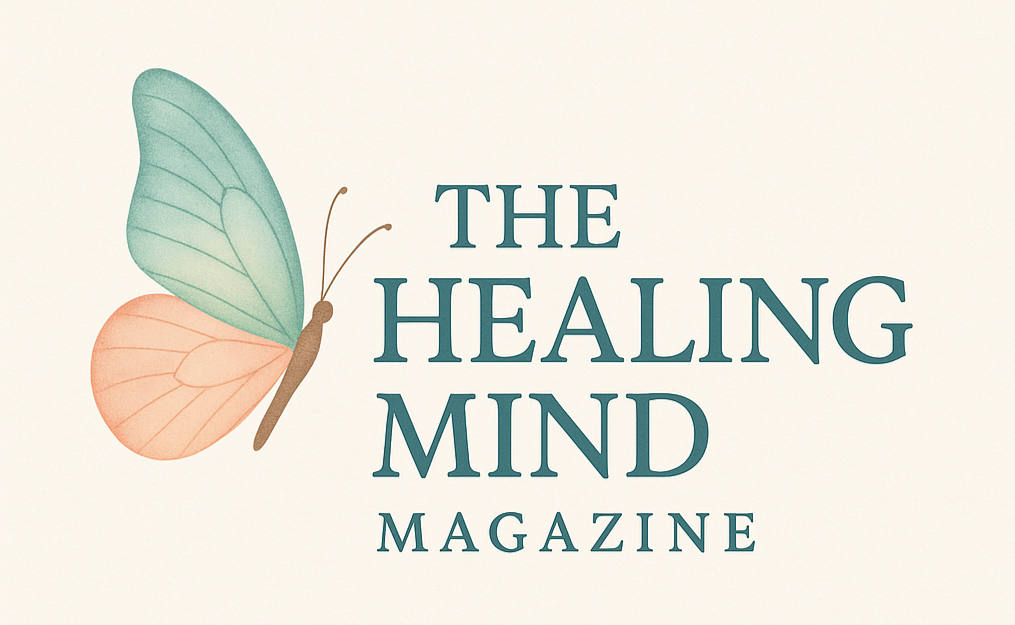When We Dream: The Mysterious Union of Mind and Body
Dreaming is one of the most profound and least understood functions of the human experience. While it may seem like the mind wanders freely as the body rests, science has shown that dreaming is a deeply complex process involving intricate coordination between the brain and the body.
The Stages of Sleep: Where Dreams Begin
Dreaming primarily occurs during the REM (Rapid Eye Movement) stage of sleep, which cycles every 90 minutes throughout the night. In this phase, brain activity becomes almost as active as when you’re awake. It’s during REM sleep that the most vivid and emotionally rich dreams happen.
But before you reach REM, your body moves through several non-REM stages. These include light sleep and deep sleep, where the body focuses on physical restoration—slowing the heart rate, lowering blood pressure, and releasing growth hormones. As the body repairs, the brain prepares for the REM phase, where dreaming takes center stage.
The Brain’s Role: Storytelling and Emotional Processing
When you dream, specific regions of the brain become highly active. The amygdala, the emotional center, lights up—explaining why dreams often carry intense feelings. The hippocampus, which handles memory, weaves fragments of your past into dream narratives. Meanwhile, the prefrontal cortex, responsible for logic and reasoning, is less active. This lack of regulation is why dreams feel illogical or surreal.
Dreams serve various functions, from emotional regulation to memory consolidation. By replaying emotional experiences in a symbolic or narrative form, the brain helps us process trauma, stress, desires, and unresolved conflicts. In a sense, dreaming is the mind’s way of “filing” the day’s experiences while allowing deeper thoughts and emotions to rise to the surface.
The Body’s Response: Still, Yet Alert
Interestingly, while your brain is active during dreams, your body is mostly immobilized—a state called REM atonia. This paralysis is crucial; it prevents you from physically acting out your dreams. The brainstem sends signals to inhibit movement in your muscles, keeping the body safe during this vivid mental activity.
Yet, your body isn’t entirely passive. Eyes may dart rapidly, breathing can become irregular, and heart rate may fluctuate in response to the emotional content of a dream. Some people even experience sweating or muscle twitches, especially during intense or unsettling dreams.
Why We Dream: Theories and Insights
While there’s no universal agreement on why we dream, leading theories include:
-
Emotional Processing: Dreams help manage and integrate emotional experiences.
-
Memory Formation: Dreams assist in organizing long-term memories and learning.
-
Threat Simulation: The brain rehearses responses to perceived dangers in a safe environment.
-
Creative Problem-Solving: Dreams can inspire new ideas or solutions, as seen in artists, inventors, and thinkers throughout history.
The Human Meaning of Dreaming
Beyond science, dreams have always held deep symbolic meaning across cultures. They’ve been interpreted as messages from the unconscious, spiritual encounters, or reflections of the soul’s journey. Whether viewed through a scientific or humanistic lens, dreams remain one of the most intimate expressions of who we are.
When we dream, it is not just the mind that wanders—it is the soul expressing what words cannot say while awake. It is a collaboration between brain chemistry and personal meaning, between biology and belief.

Mary Smith – Writer – Finance, Relationships, Our Companions, Art & Culture







